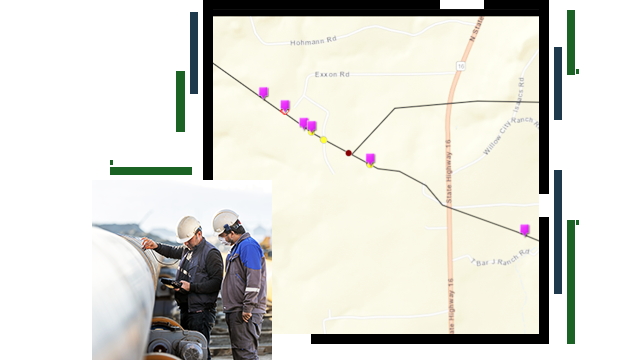Class location
In the United States, population density along a pipeline determines a pipeline's strength requirements which, in turn, affects its maximum allowable operating pressure. Determining population density for this purpose requires knowledge of the number of structures and their height and other areas where people gather regularly within a given distance of the pipeline. Using GIS, you can visualize and analyze all the data needed to determine class location.






